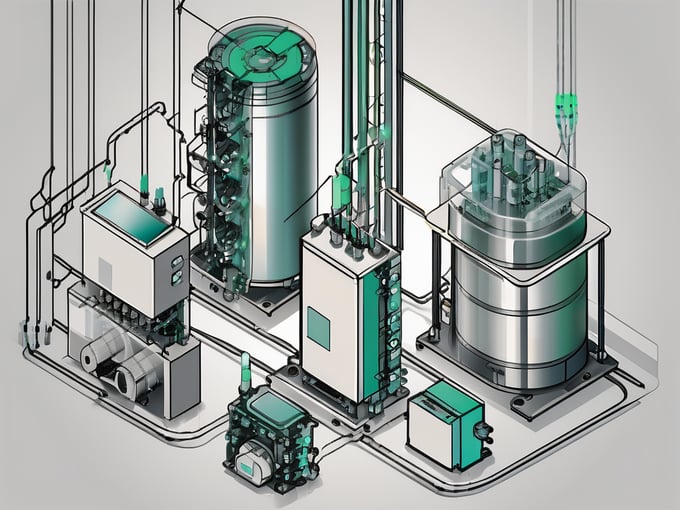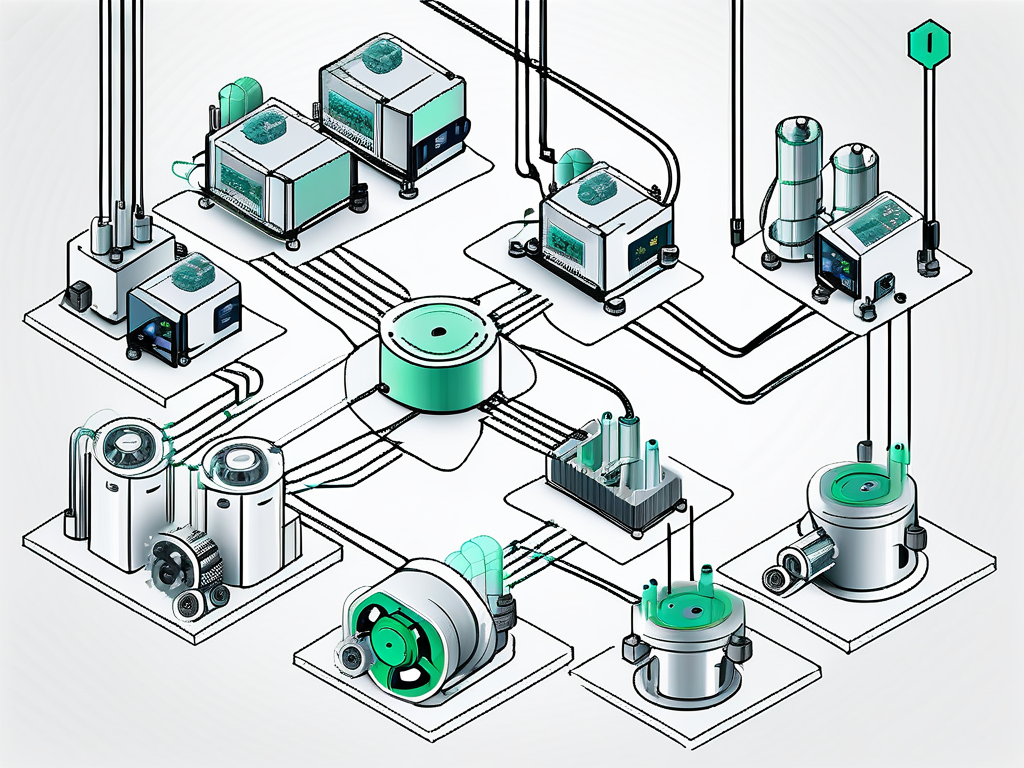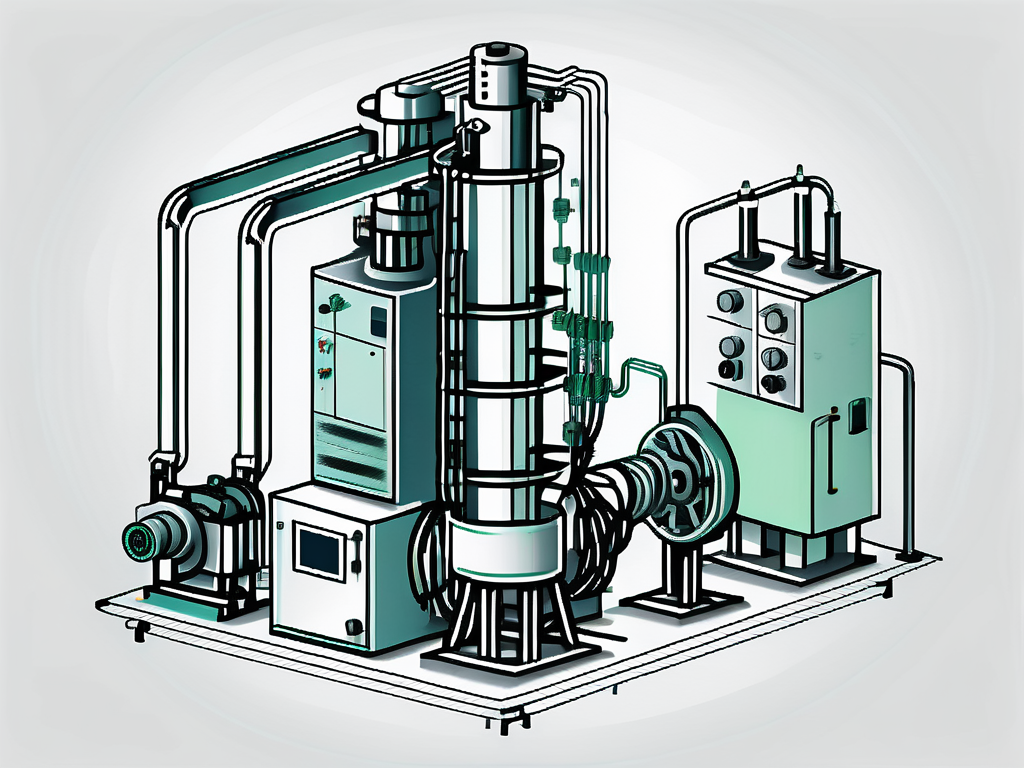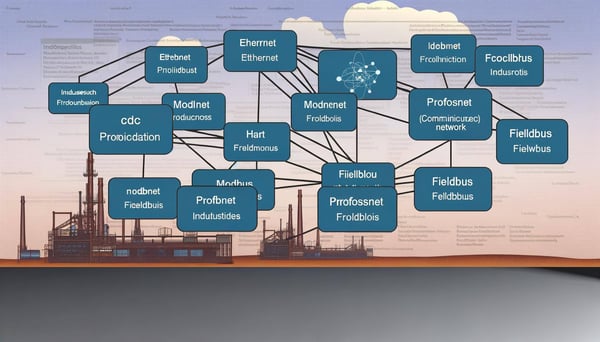
Fundamentals of PROFINET IO
In the vast landscape of industrial automation, PROFINET IO stands as a beacon of efficiency and reliability. This open industrial Ethernet standard has revolutionized the way we approach communication between devices in a network, offering unprecedented levels of flexibility and performance. But what exactly is PROFINET IO, and how does it work? Let's delve into the fundamentals of this game-changing protocol.
Understanding PROFINET IO
PROFINET IO, or Process Field Net Input/Output, is a network protocol that is part of the PROFINET suite of protocols. It is specifically designed for the fast and reliable exchange of data between control systems and field devices in industrial automation applications. With its ability to handle both real-time and non-real-time data, PROFINET IO is a versatile solution for a wide range of industrial communication needs.

One of the key advantages of PROFINET IO is its use of standard Ethernet technology. This means it can leverage the widespread availability and low cost of Ethernet hardware, while also benefiting from the continuous advancements in Ethernet technology. As a result, PROFINET IO networks can offer high-speed communication, excellent scalability, and robust performance even in demanding industrial environments.
How PROFINET IO Works
At its core, PROFINET IO operates on the principle of provider/consumer communication. In this model, devices in the network (known as IO devices) provide data that is consumed by a controller (the IO controller). This data exchange is cyclical and deterministic, ensuring that all devices receive the data they need at the right time.
The communication process begins with the IO controller sending out a request for data to the IO devices. These devices then respond with their data, which is sent back to the IO controller. This cyclical exchange of data happens at a fixed interval, known as the cycle time, which can be as short as a few microseconds.
Device Roles in PROFINET IO
In a PROFINET IO network, devices can take on one of three roles: IO Controller, IO Device, or IO Supervisor. The IO Controller is the master device that controls the data exchange, while the IO Devices are the slave devices that provide and consume data. The IO Supervisor is a special device that is used for network configuration and diagnostics.
Each device in the network has a unique device name and device ID, which are used to identify the device during communication. The device name is a human-readable name that is assigned during configuration, while the device ID is a machine-readable identifier that is unique to each device.
Setting Up a PROFINET IO Network
Setting up a PROFINET IO network involves several steps, including network planning, device configuration, and network commissioning. The first step, network planning, involves determining the layout of the network, including the number and types of devices, the network topology, and the required cycle time.
Once the network plan is in place, the next step is device configuration. This involves assigning device names and device IDs, setting up the communication parameters, and defining the data exchange between the IO controller and the IO devices. This configuration is typically done using a configuration tool, which provides a graphical interface for easy setup.
Network Commissioning and Diagnostics
After the devices are configured, the network is ready for commissioning. This involves starting up the network, checking the communication, and verifying that the devices are functioning correctly. If any issues are detected, the network diagnostics can help identify and resolve the problem.
PROFINET IO provides comprehensive diagnostics, including device status, network status, and error messages. These diagnostics can be accessed via the IO Supervisor or a diagnostics tool, providing valuable insights into the health and performance of the network.
Benefits of PROFINET IO
PROFINET IO offers numerous benefits for industrial automation applications. Its high-speed, deterministic communication enables precise control and fast response times, making it ideal for time-critical applications. Its use of standard Ethernet technology provides cost savings and future-proofing, while its comprehensive diagnostics help ensure reliable operation.
Furthermore, PROFINET IO supports a wide range of network topologies, including line, ring, star, and tree topologies. This flexibility allows for easy network expansion and adaptation to different application requirements. With these advantages, it's clear why PROFINET IO is a trusted choice for industrial communication.
Conclusion
PROFINET IO is a powerful tool in the world of industrial automation, offering a flexible and reliable solution for device communication. Its combination of high-speed performance, robust diagnostics, and easy configuration make it a go-to choice for many industrial applications. Whether you're setting up a new network or looking to upgrade an existing one, PROFINET IO offers a future-proof solution that can meet your communication needs.

As the world of industrial automation continues to evolve, protocols like PROFINET IO will play a crucial role in driving efficiency and performance. By understanding the fundamentals of PROFINET IO, you can harness its power to create robust and efficient networks that can meet the demands of today's industrial applications.



